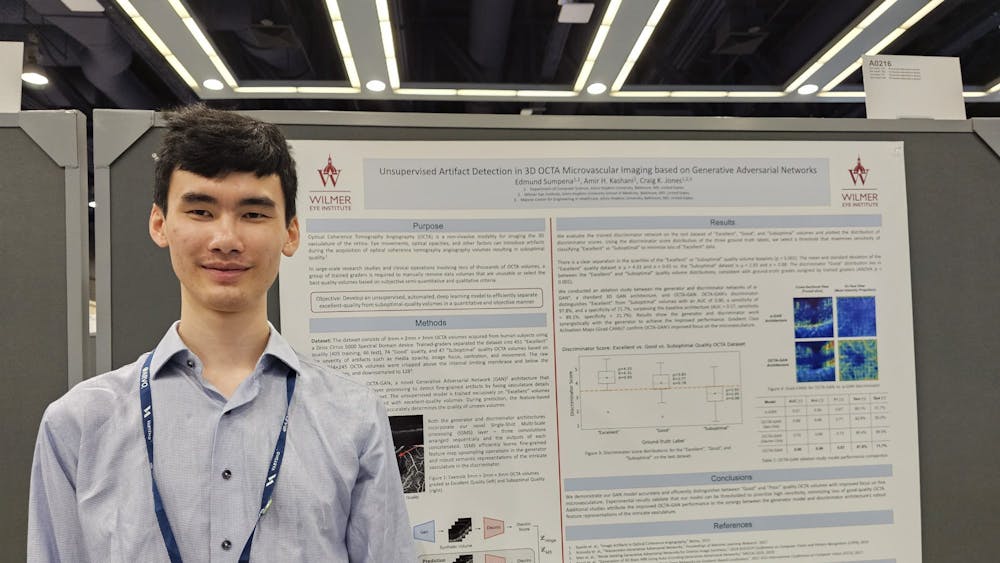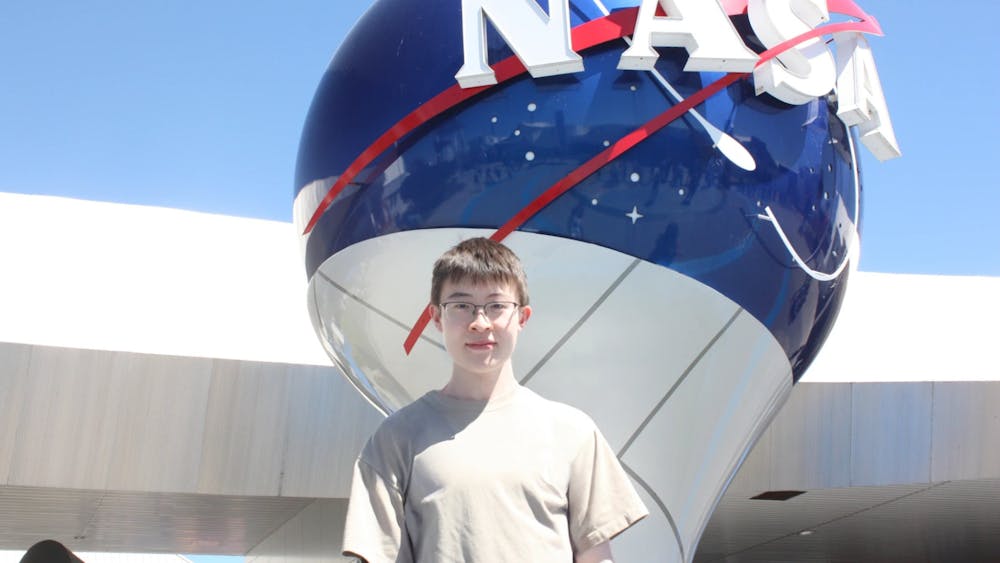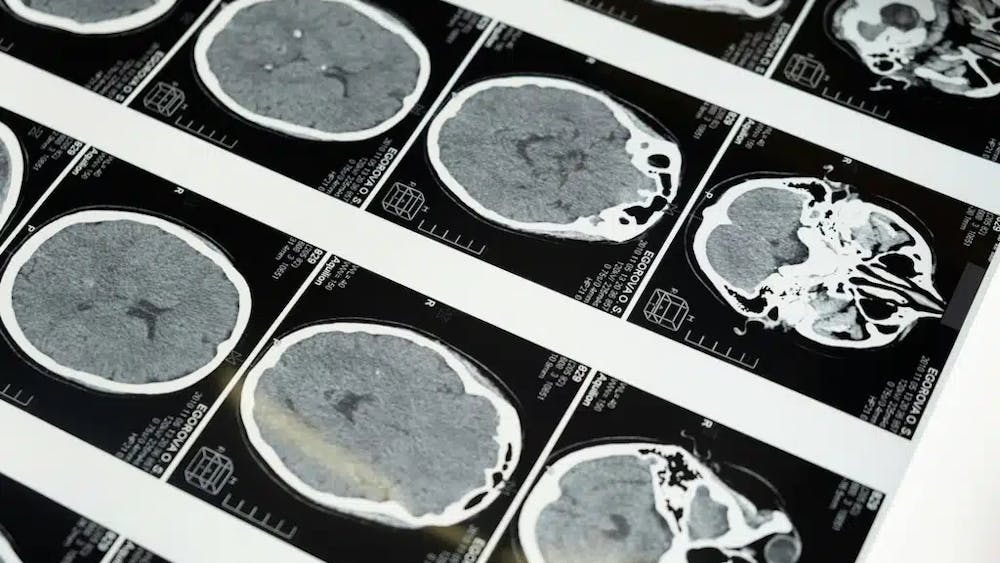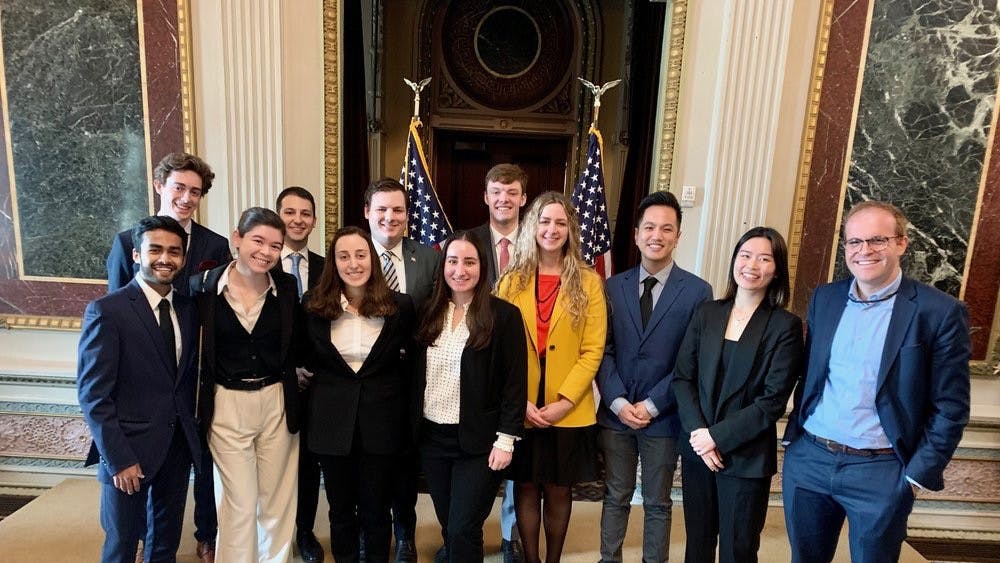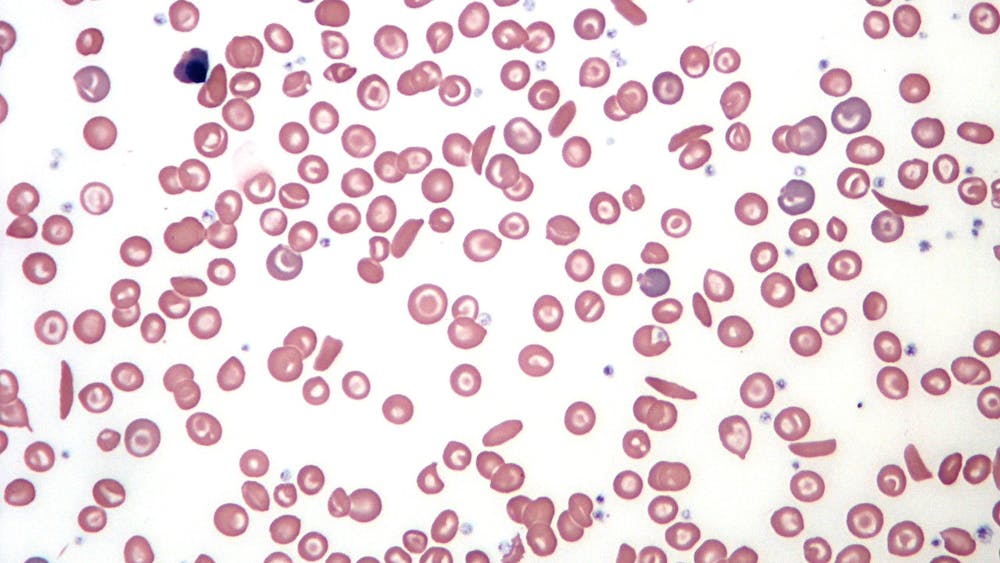Understanding ALS: Research, care, and what comes next
By SHREYA TIWARI | May 8, 2025This month of May is ALS Awareness Month, and marks an opportune time to spotlight the disease and the importance of continued progress at Hopkins in research and clinical care for ALS patients.



